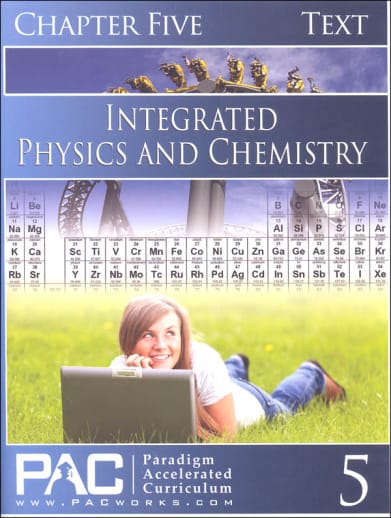IPC consists of twelve chapters of text and twelve companion student activities. This course introduces students to the people, places and principles of physics and chemistry. It is written by internationally respected scientist/author, John Hudson Tiner, who applies the vignette approach which effectively draws readers into the text and holds attention. The author and editors have deliberately avoided complex mathematical equations in order to entice students into high school level science.
Focus is on research by the people who contributed to development of the Periodic Table of the Elements. Students learn to read and apply the Table while gaining insight into basic chemistry and physics. This is one of our most popular courses among high school students, especially those who aspire to matriculate to college, but are challenged by science courses based on complex mathematical and technical skills.
IPC is also an excellent science course for pre-high school students. The course is designed for two high school transcript credits. Teachers may require students to complete all twelve chapters for two transcript credits or may select only six chapters to be completed for one transcript credit for Conceptual Physics (cpts. 2, 4, 6, 9, 10, 12) or Basic Chemistry (cpts. 1, 3, 5, 7, 8, 11). Compliance with state and local academic essential elements should be considered when specific chapters are selected by teachers. As applicable to local policies, transcript credit may be assigned as follows when students complete all 12 chapters: Physical Science or Conceptual Physics for one credit, Chemistry for one credit, or Integrated Physics and Chemistry for two credits.

